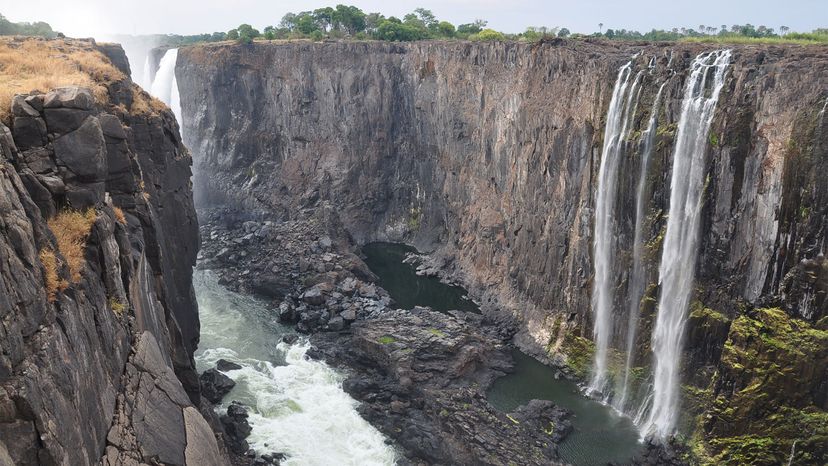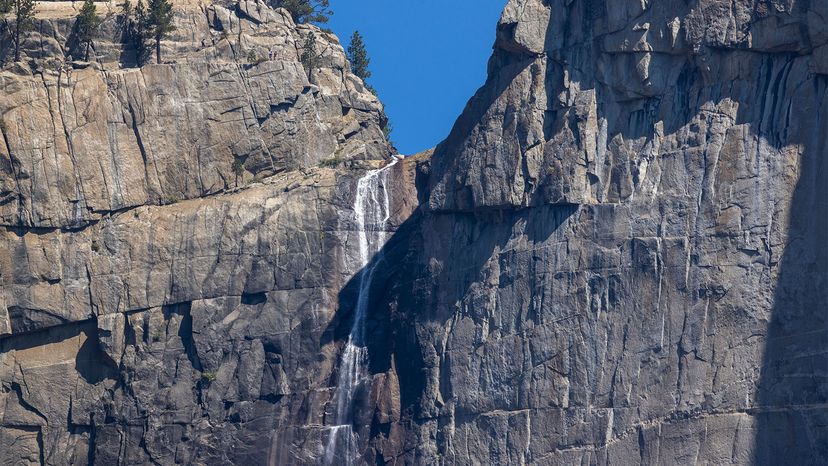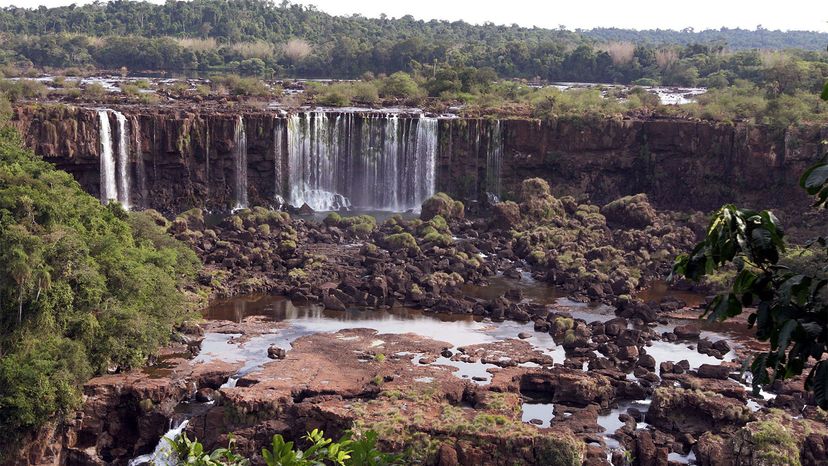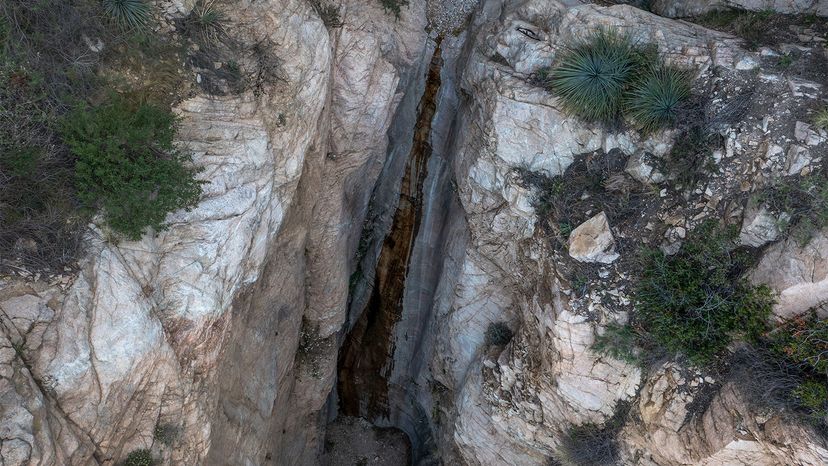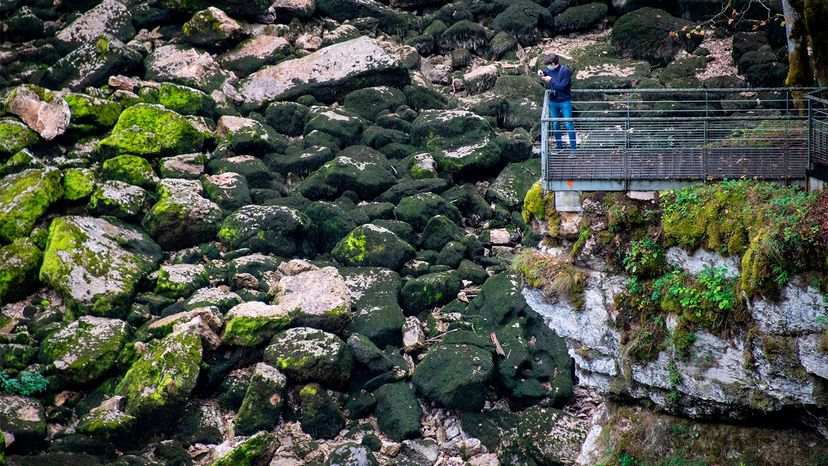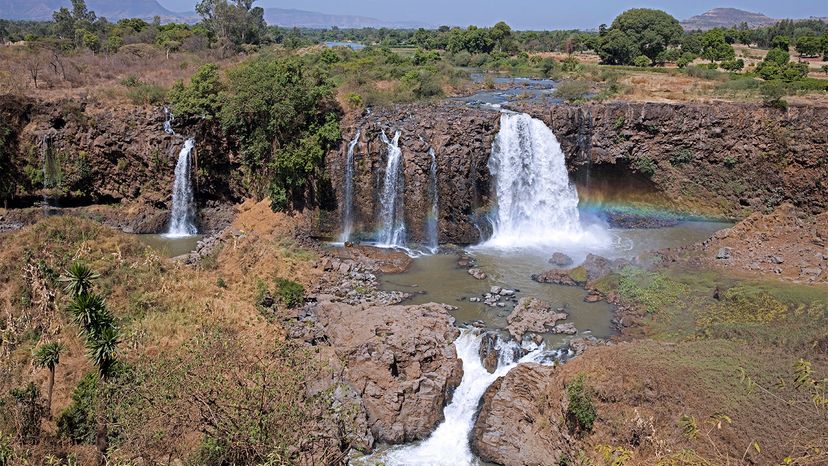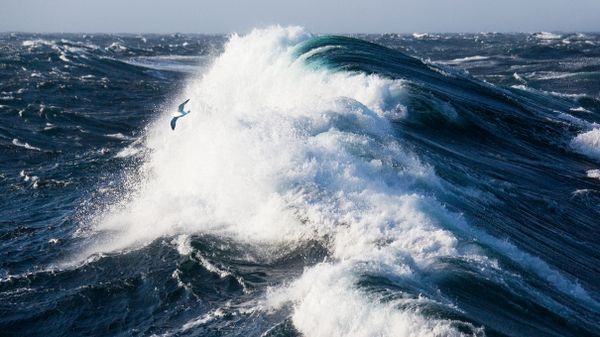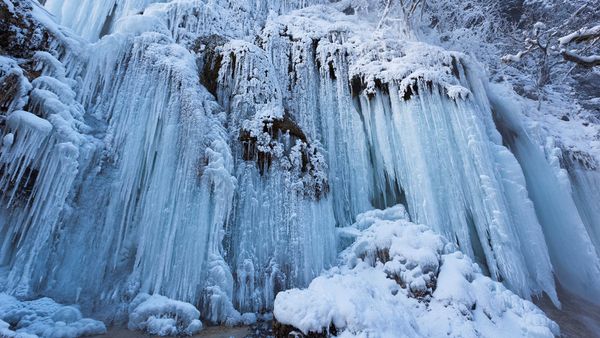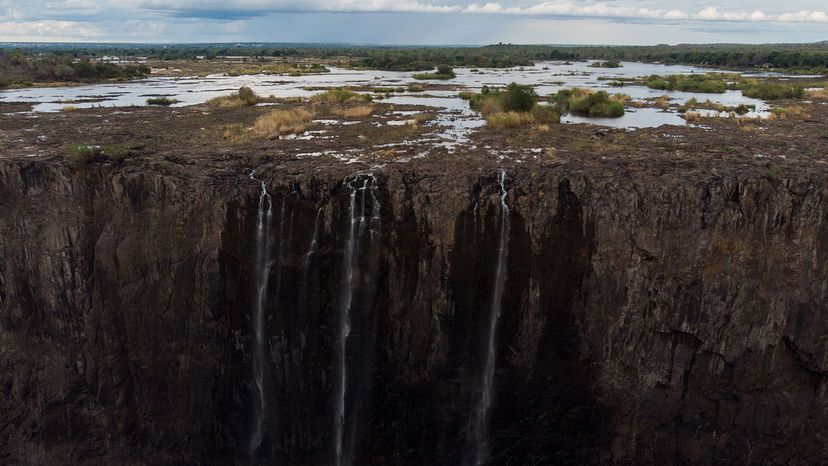
Waterfalls are one of nature's most demonstrative wonders, sometimes plunging to vertical depths that create stunningly violent sprays. But what happens when there isn't enough water to fuel the fall?
Several world-renowned waterfalls around the globe have either dried up entirely or are functioning at a fraction of their previous power. This can negatively impact everything from local tourist trade to important ecological functions that benefit an area's flora and fauna.
Advertisement
"While some waterfalls are spring-born or spring-fed, the majority are reliant on precipitation," says Adam Sawyer, an outdoor photographer and guide based in the Pacific Northwest whose published guidebooks include "Hiking Waterfalls Oregon, Hiking Waterfalls Washington" and the forthcoming "Hiking Waterfalls Idaho." "With many regions seeing a reduction in snowpack and extreme or prolonged drought conditions, many waterfalls are reducing to little more than exaggerated trickles, or even drying up entirely."
Climate change is often fingered as a culprit, causing both damaging floods and prolonged droughts. It can take years to fully realize the deleterious effects of precipitation shortfalls, and by 2025, half the world's population is likely to live in a water-stressed area, according to the World Health Organization.
"Waterfalls are just another geological canary in the coal mine," Sawyer says. "Hopefully, we will find a way to correct the course sooner rather than later. In the meantime, there may never be a better time to get out and observe these natural wonders, in order to garner a deeper understanding and appreciation for them."
Here are six famous waterfalls that slowed to a trickle when drought set in.
Advertisement
